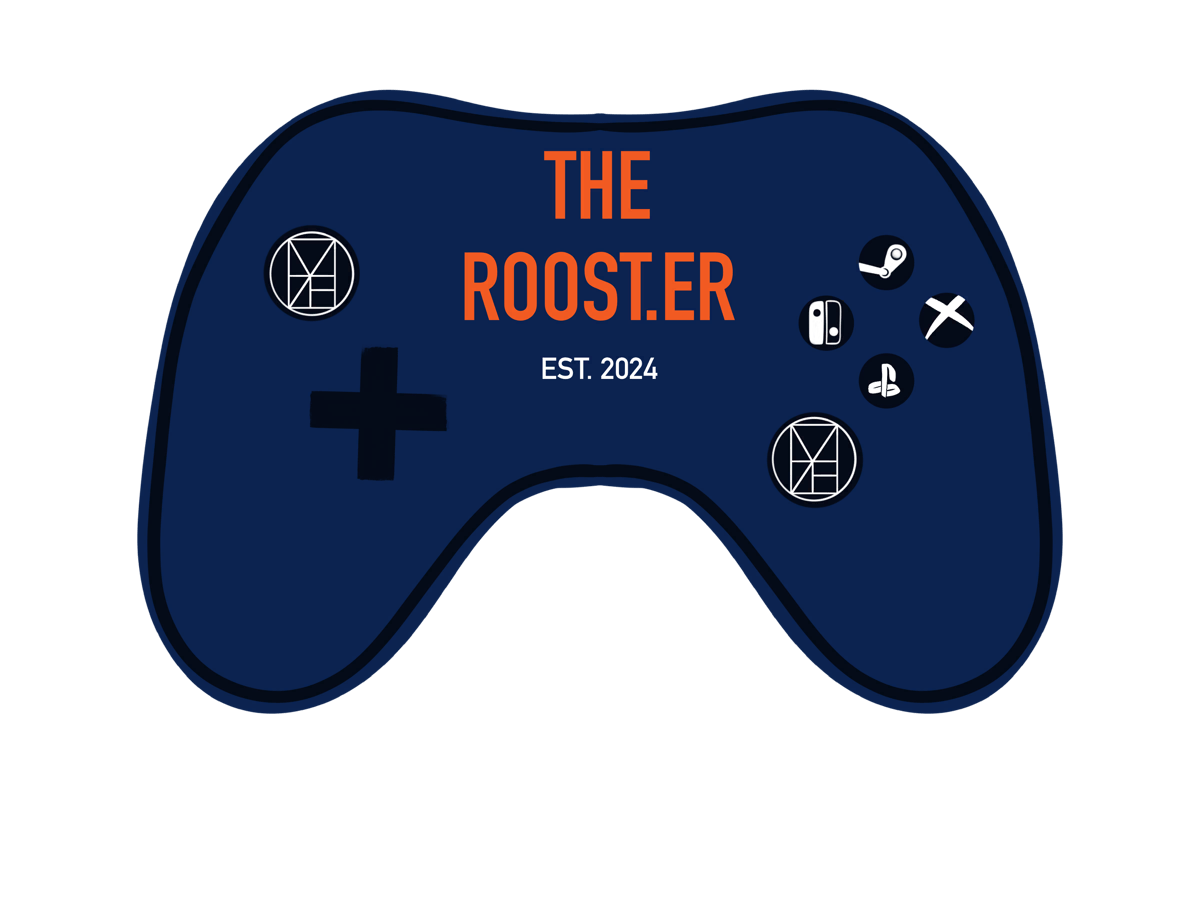I’ve long been hooked on escape-room games, and Unsolved Case, a noir-escape thriller released in 2022, quickly earned a spot among my all-time favorites. My obsession began with a battered computer and late-night cooperative sessions, and this game reignited that exact pulse with its split-player puzzles, tense noir atmosphere, and comic-panel staging. The moment my partner and I synchronized clues and pushed through our first breakthrough, I felt the same electric rush that keeps me returning to the best of the genre.
Once again, Eleven Puzzles sweeps the board with their newest game, Parallel Experiment. I unfortunately entered the party a little late – codes were sent out in late May, and I got back from my vacation in the middle of June. None of this review would be possible without the help of Adrian Olczyk, CEO and co-founder at Eleven Puzzles. He went ahead and manually approved my request, sending me the code after my heartfelt plea (and very panicked email lol).
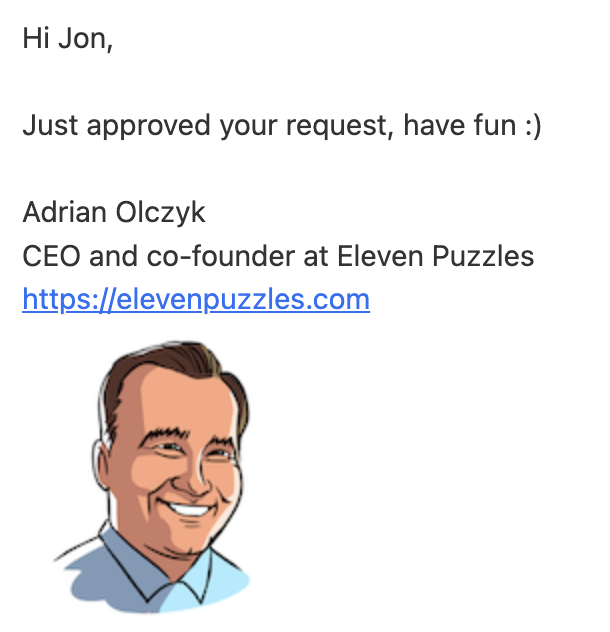
Here’s a bit of background information for you. Eleven Puzzles is a developer/publisher team that was a passion project during the COVID pandemic, hailing from Krakow, Poland. The game is entirely self-funded, takes roughly 8-10 hours of gameplay, and explores new dimensions of their previous two games – brand new locations, secret Easter Egg puzzles scattered throughout the game, and so much more.
When you start the game, the title screen is simple and minimalistic, with three options: “Play Co-op”, “Options”, and “Quit”. The graphics are beautifully and carefully crafted, with Old Dog and Ally (the two playable characters) shown being hooked up to some sort of machines, straining against the wires holding them down – a beautiful bit of symbolism, as well as incredibly detailed design. As you start the game, it walks you through the bare facts: the game needs two people on two devices, cross-platform is supported, a stable internet connection is needed, and voice chat is your best friend in this game. You can either create an invitation code for your game or join someone else’s, and once you and your partner are connected, you get to choose between Allison “Ally” Abernathy or Steven “Old Dog” Kowalski.
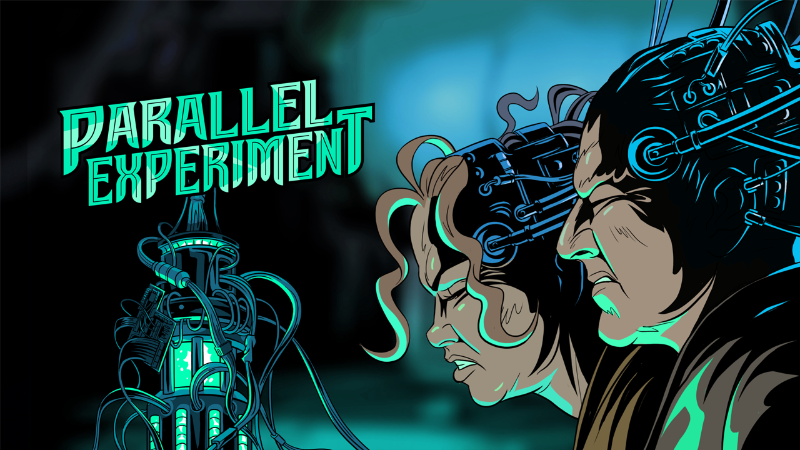
As the first chapter slowly loads in, you get a sense of gentle-yet-growing anticipation. It starts off with both players slowly waking up to their respective alarm clocks, and the sense of symmetry only grows as you see the similar movements between the two. But then, the overall energy shifts dramatically. The players try to walk out of the room, but find the door looked with them being close enough to be heard. A voice starts to crackle over the loudspeaker, speaking simple words with an ominous intonation. The real game… has finally started.
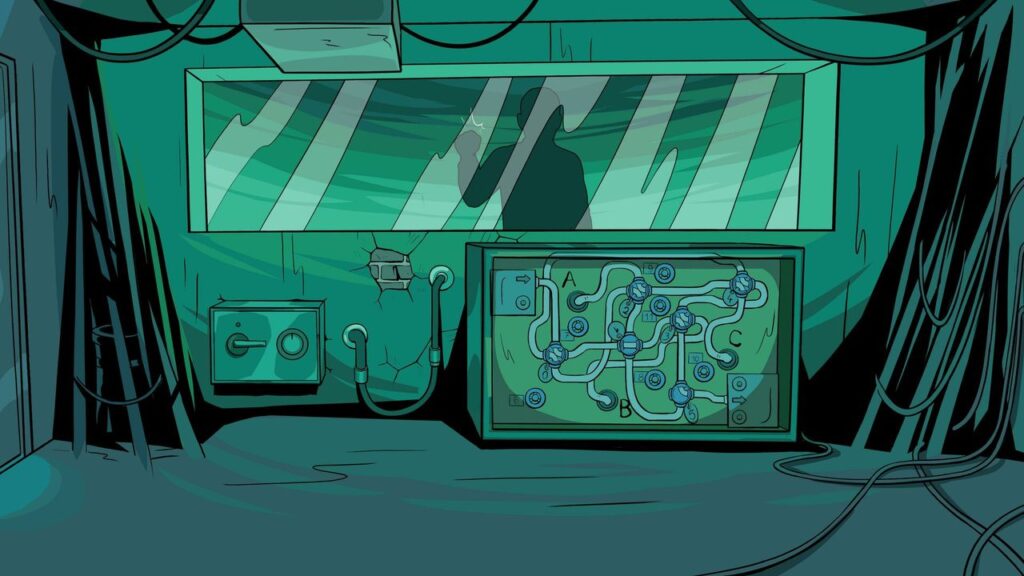
So what makes this game so different from Unsolved Case and Unboxing the Cryptic Killer? For starters, this game has widely expanded the locational navigation – you can now use your very own map to travel to multiple (albeit limited) places. This proves its value many times over, from being able to go to specific case scenes to getting back to the station to review the new information. Additionally, the dialogue system changes, with cooperation now being required even in these small encounters. Because Ally and Old Dog have different dialogue lines, you can learn new things depending on the paths you take and the intensity of the interactions. Finally, the drawing system also got a revamp – the entire screen can now be colored, scribbled on, and have notes frantically jotted down.
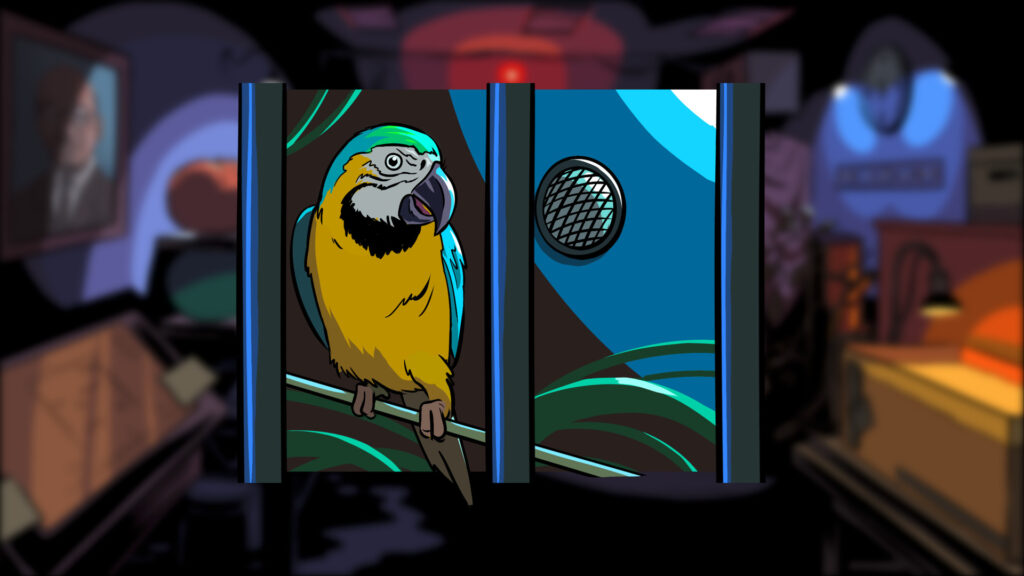
In terms of overall gameplay? Absolute rush. First off, unlike a normal escape room, both parties can’t see all the puzzles – Ally gets some, and Old Dog gets the others. This makes the voice chat critical to the overall gameplay and also leads to situations like “Go left. No. No, your other left. YOUR MILITARY LEFT. GO THE OTHER WAY FROM RIGHT.” (And did I make fun of my amazing best friend for this? Yes. Yes, I did.) The graphics and soundtrack provide a lethally invested experience, allowing for both subtle distraction and hints as to important in-game factors.
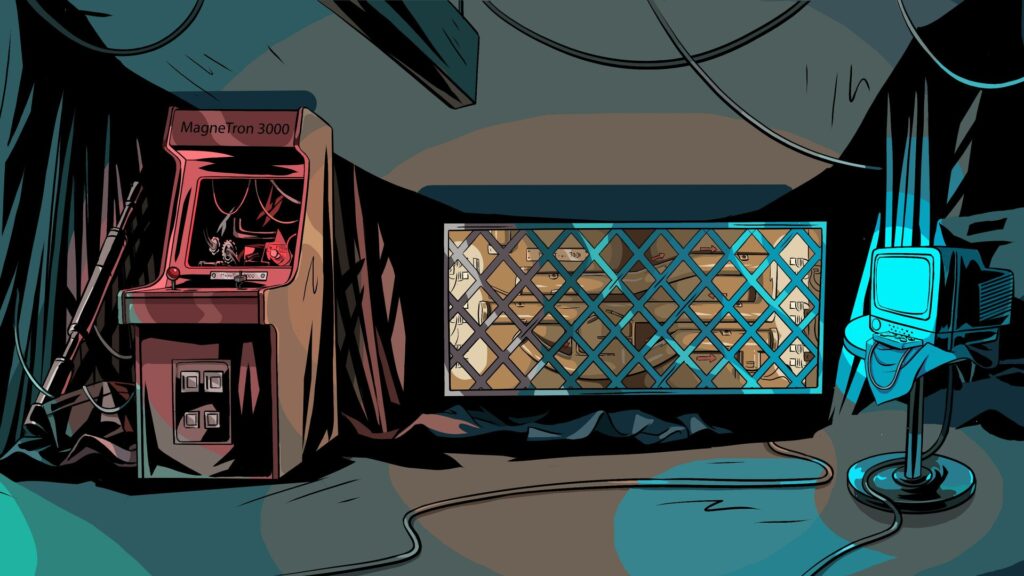
Control-wise, the game is smooth and intuitive – because when you’re juggling frantic note-taking, decoding a cipher, and yelling directions across a mic, the last thing you want is to fight the interface. The cursor is responsive, the inventory system is clean, and the drawing tools are a dream for chaotic minds like mine. There were a few moments where syncing took a second longer than expected, but nothing that pulled us out of the experience. If anything, it gave us a moment to breathe (and roast each other for missing the obvious clue).
My personal thoughts on the game? I absolutely love it. The old-timey feel combined with the comic noir aesthetics tie everything together beautifully, the soundtrack is extremely well chosen, and the puzzles are just the right kind of maddening. There’s a rhythm to the gameplay that feels like a dance – one player leads, the other follows, then you switch. It’s a constant back-and-forth of trust, deduction, and the occasional “Wait, what do you mean you didn’t write that down?!” The emotional beats are just as striking – there’s a creeping sense of unease that builds with each chapter, and the story doesn’t just sit in the background; it coils around you, tightening with every revelation.
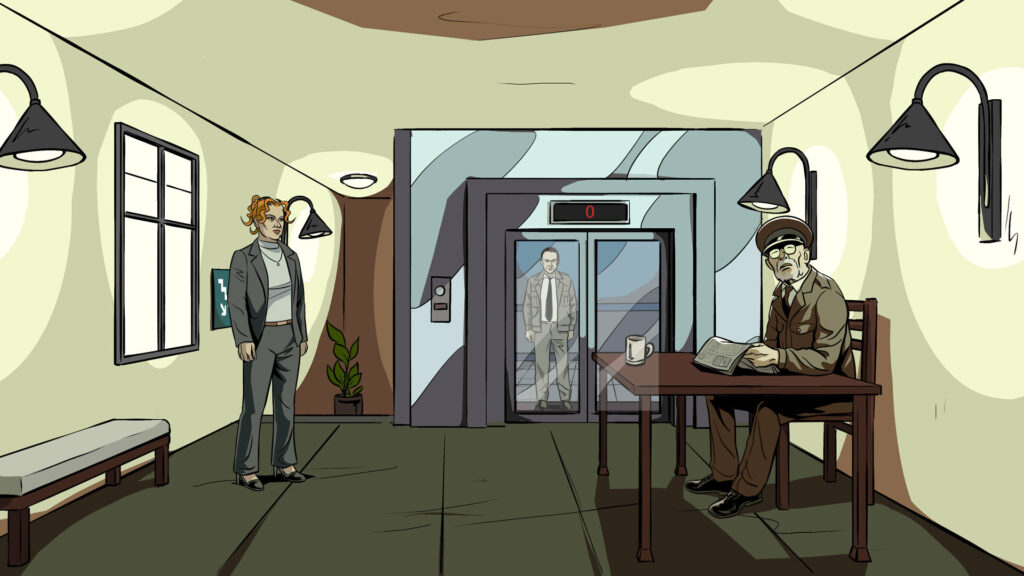
Overall, Parallel Experiment is a masterclass in cooperative puzzle design. It doesn’t just ask you to solve riddles—it demands communication, trust, and a shared sense of curiosity. Eleven Puzzles has once again proven that they understand the soul of the escape-room genre, and they’ve elevated it with style, substance, and a whole lot of heart. If you’re looking for a game that will test your brain, your bond, and your ability to distinguish left from right under pressure, this one’s a must-play.
